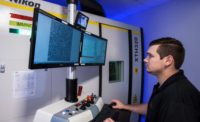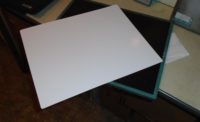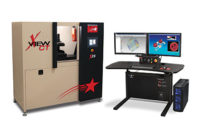IXYS UK Westcode, part of the global power semiconductor manufacturer, IXYS Corporation, is investing in its Chippenham, UK, factory to manufacture a new range of power semiconductor devices, which will be marketed alongside the company’s long-established Press-Pack Capsules (three-terminal power semiconductor devices). Nikon Metrology was chosen to supply the all-important X-ray equipment for checking the quality of the reflow soldering process during production.
Power semiconductor devices are used for switching high currents and voltages and are widely used in the rail, wind turbine, mining and petrochemical sectors. Press-Pack capsules are clamped together under high pressure to achieve the required electrical rating, whereas isolated power modules use integrated circuit on DCB (direct copper bonded) substrate technology. The Nikon Metrology XT V 160 is needed because the reflowed solder, which attaches the chips to their contact pads, must be continuous with a controlled level of voids and X-raying is the only way to see if these conditions have been met.
Fiona Lambert, process engineer at IXYS UK Westcode, commented, “I previously used a smaller Nikon 130 kV X-ray quality assurance (QA) system when I worked at an electronics company in South Wales, so I knew how easy their equipment is to use. After reviewing what else was on the market, it was clear that their more powerful 160 kV model would best suit our application, which involves penetrating thicker and higher density materials to observe solder coverage.
“What I particularly like about the Nikon system is the easy access to the large stage, which allows me to place several, quite large components on it at the same time. The machine is fast in operation and the stage is easy to manipulate in multiple axes, so tilting, rotating and positioning as well as zooming the image on the screen is rapid. You can see everything clearly, as the image is high resolution. The software is also user-friendly and even works out automatically the percentage of voids in the solder, required to ensure the product meets rigorous specifications.”
Two-step X-ray inspection
X-raying is carried out at two stages of manufacture. The first is after the chips have been placed on the blank DCB substrate and reflow soldered. After six built substrates have been electrically tested and soldered onto a 5mm thick aluminum-silicon-carbide baseplate, the whole assembly is X-rayed again.
The XT V 160 inspects the assembly reliably, even without Nikon Metrology’s optional X-ray laminography software or CT (computed tomography) add-on. Features of the machine that assist in completing the task efficiently include its 20 Watt target power rating, focal spot size between 1 µm and 10 µm depending on power output, up to 36,000x system magnification and the high image quality provided by a Varex 16-bit flat panel. Having such fine resolution allows easy distinction between geometrical shapes and the amorphous voids.
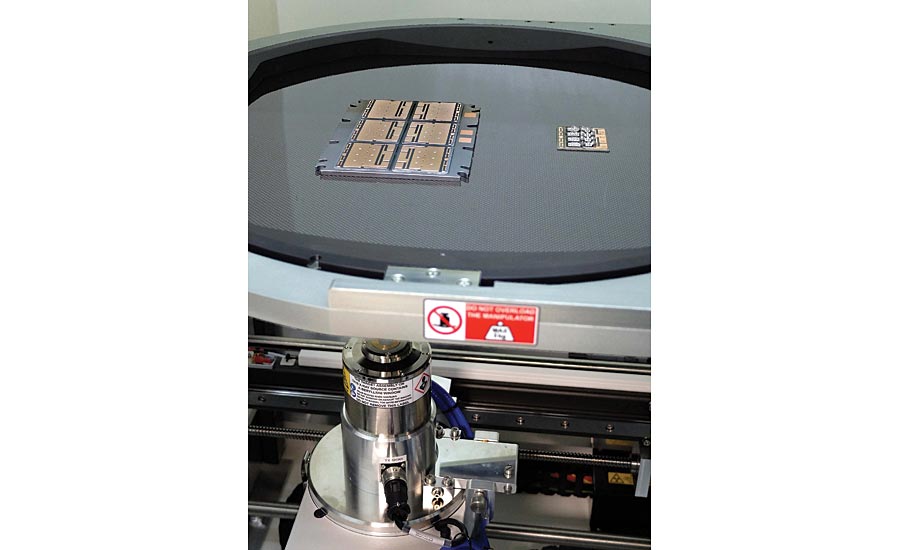
The Nikon Metrology XT V 160 X-ray machine, showing IXYS UK Westcode isolated power modules being inspected.
Multiple uses: X-ray system inspects quality of incoming materials
While the X-ray machine was installed specifically for DCB inspection, its presence on the Chippenham site has proved beneficial for verifying the quality of bought-in materials. On one occasion, a supplier disputed that there was a high incidence of solder blockages in a consignment of delivered coolers that form part of Press-Pack IGBT stacks. A simple analysis using the XT V 160 provided irrefutable evidence and resulted in the prompt arrival of a replacement batch.
Open-tube X-ray source design reduces maintenance cost
An additional advantage of X-ray technology from Nikon Metrology is the stability of output due to the microfocus spot source and advanced image processing capabilities, essential to avoid degradation of image quality. Focus of the electron beam is maintained by a computer-controlled, electromagnetic lens that ensures the target does not overheat whilst maintaining a micron spot size, even at high kV settings.
Although a high-power machine, the XT V 160 is of open-tube design. As part of planned maintenance, replacement of the electron beam-producing filament can be scheduled a couple of times per year for a cost of a few pounds. Filament replacement takes minutes, so downtime is short. A sealed tube, on the other hand, will last for a couple of years but can stop working without warning, perhaps at the worst possible time for the user. The manufacturer then has to be called in to renew the tube at a cost of many thousands of pounds and the machine is down for days.
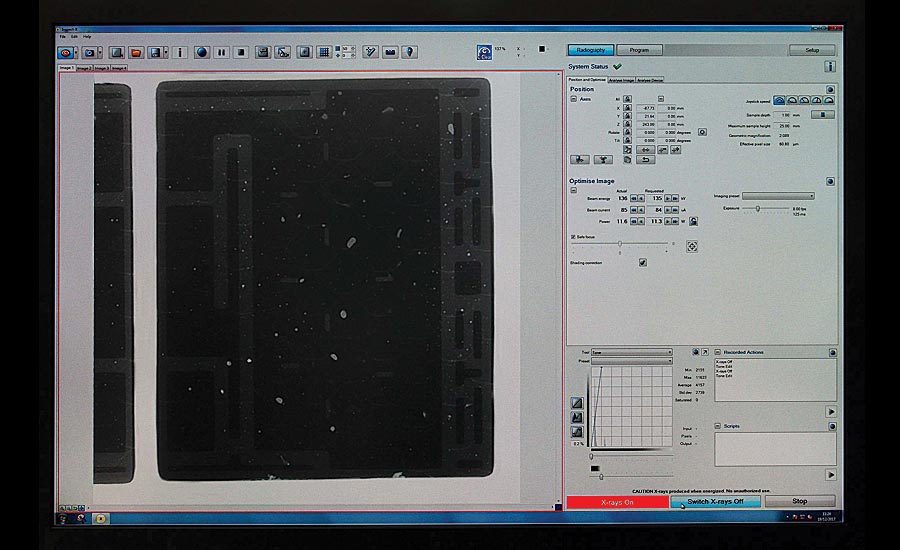
The XT V screen displays high resolution images of solder coverage and the software automatically works out the percentage of voids to ensure the product meets rigorous specifications.
Conclusion
IXYS UK Westcode’s inspection of power semiconductor devices will increase over the coming years. With one or two products per batch to be X-rayed for QA, the Nikon Metrology machine will be in constant use once the process has been finally established.
As a postscript, it is interesting to note that the transmission target X-ray source in this particular XT V 160 system is the 1,000th to be manufactured in the UK at Nikon Metrology’s Tring factory since manufacturing began there in 1987.
A video of Fiona Lambert talking about the advantages of the Nikon Metrology XT V 160 can be accessed here.

